History of our Cathedral
After the Basilian Fathers constructed the new, large St Nicholas church in 1904, the old, small church building, erected in the spring of 1900, was temporarily transformed into a reading hall and Ukrainian Heritage School. Soon, however, tensions began to emerge between the Basilians and some of the parishioners who had established and built the small church. The dissident parishioners were suspicious of the austere Basilian monks not only because the latter recognized the authority of Archbishop Langevin and accepted financial aid from the Roman Catholic primate, but also because the Basilians opposed everything that smacked of secularism and liberalism, including 'evil and godless' books, newspapers, and community organizations. What the dissidents yearned for were worldly, married
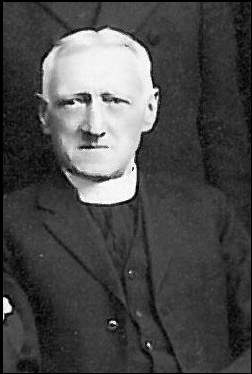
Fr E Krasicky (UCEC)
Ukrainian Catholic secular priests, like the ones they had known in the old country, and the immediate appointment of a Ukrainian Catholic bishop, who, they believed, would guarantee the autonomy and survival of their church in Canada. In September 1907, assisted by Father Mykola Strutynsky, a Ukrainian-American secular priest who was visiting Winnipeg, they established the Ss Vladimir and Olga Ukrainian Catholic parish with the old, small church, at 115 McGregor Street - soon expanded to accommodate 400 worshippers - as their place of worship. The Church building and parish property, it was resolved, would be incorporated with a parish committee and the parish would not recognize the authority of the Roman Catholic archbishop. Obtaining the services of a Ukrainian Catholic secular priest, however, proved to be very difficult at a time when 97 per cent of Ukrainian Catholic secular priests were married and married priests had been banned from North America by local primates and the Vatican. When Father Ivan Zaklynsky of Minneapolis could not be persuaded to move to Winnipeg, the parish executive brought Father Toma Vasylevych to the city in April 1908 from Terebovlia county, eastern Galicia, with funds provided by the Ukrainian Mutual Benefit Association of St Nicholas but without the permission of the Church hierarchy in Lviv or St Boniface. After Father Vasylevych's departure some 6 months later, he was succeeded by Father Alexander Humecky (Humetsky), another itinerant priest who had come to Canada without the hierarchy's permission. Humecky remained at his post for a year, overseeing the construction of a priest's residence and a parish hall, before abandoning the parish and the Ukrainian Catholic Church for the Russian Orthodox Church. Only with the arrival of the elderly Father Emyliian Krasicky (Krasitsky) in 1910 did the parish acquire a degree of stability. Parish debts were paid off, a church choir was organized, and the new pastor helped and encouraged young parishioners to establish a drama circle as an alternative to beer parlours and billiard halls.
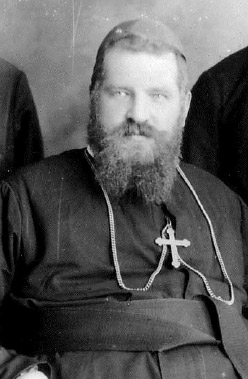
Metropolitan Andrei
Sheptytsky (UCEC)
During Father Krasicky's tenure, Ss Vladimir and Olga parish, still unreconciled with Church authorities in Lviv and St Boniface, became a focal point of agitation concerning Ukrainian Catholic rights in Canada. In August 1910, more than 2,000 Ukrainian Catholics attended a mass meeting on the parish grounds. They resolved to petition Metropolitan Andrei Sheptytsky of Lviv, who was scheduled to visit Winnipeg in October, for married priests and a Ukrainian Catholic bishop. A petition to this effect was circulated and presented to the primate, who urged patience, acknowledged that popular opposition to the incorporation of parish property with Roman Catholic episcopal corporations was legitimate, and promised that in two years there would be Ukrainian Catholic secular priests and a Ukrainian bishop in Canada. When that bishop, 35 year-old Nykyta Budka, finally took up his duties in Canada in December 1912, the parish recognized his authority and the new Bishop in turn accepted Father Krasicky and his flock into communion with the Church. Within months, Ss Vladimir and Olga was designated the Bishop's cathedral. Some parishioners continued to demand married secular priests for at least another year, although this privilege would not be restored to Ukrainian Catholics in North America until after the Second World War.
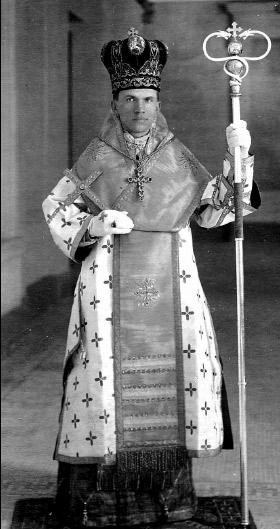
Bishop Nykyta Budka (UCEC)
After Father Krasicky's transfer to Sydney, Nova Scotia, the parish was served by secular priests who arrived at the behest of the new Bishop. The most active were Fathers Mykola Olenchuk (1914-17, 1920-23), Dr Ambrozii Redkevych (1917-19), and Petro Oleksiv (1923-29). During the summer of 1915, the parish sponsored its first Ukrainian Heritage Summer School, which was attended by 150 children divided into a junior class, that studied Ukrainian reading, writing, and catechism, and a senior class that also studied Bible history and Ukrainian history. The 1915 annual report revealed that the parish had an income just over $5,000 that year, and that its pastors had performed 613 baptisms, 194 marriages, and 64 funerals, heard 9,614 confessions, and received 112 'converts' from the Orthodox and Protestant faiths. The Ukrainian Mutual Benefit Association of St Nicholas, affiliated with the parish since 1908, had 653 members in 1918. By the spring of 1916 the parish also had a small library, it sponsored the Bandurist Choral and Dramatic society that had over 120 members, and preparations were underway to establish a cultural-educational society - the Canadian Ukrainian Institute Prosvita - with a building of its own that could house a number of Ukrainian Catholic organizations. That plan would be realized in 1922, two years after the parish purchased land for All Saints' Cemetery, adjacent to the St Nicholas parish's Holy Family Cemetery, about 7 miles north of Winnipeg.
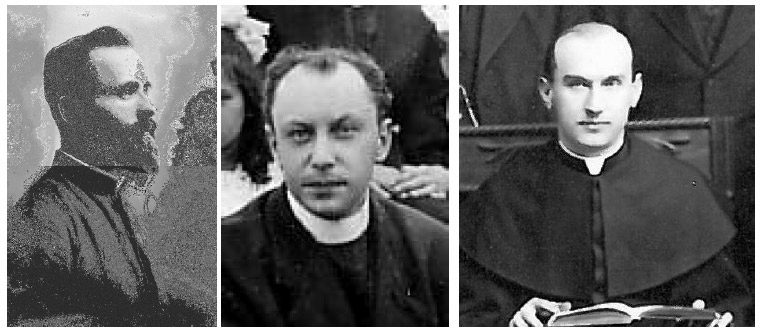
Fathers Mykola Olenchuk, Dr Ambrozii Redkevych and Petro Oleksiv (UCEC)
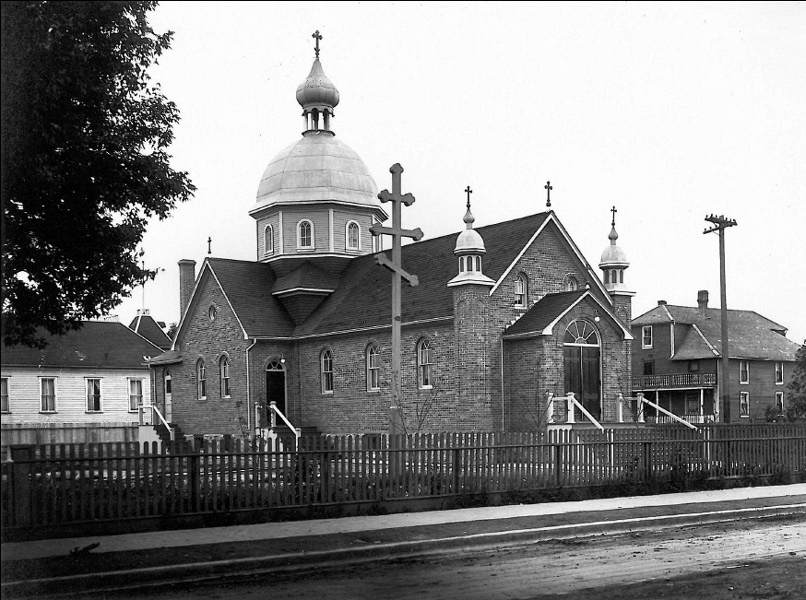
Ss Vladimir and Olga Ukrainian Catholic Cathedral after 1926 renovations (UCEC)
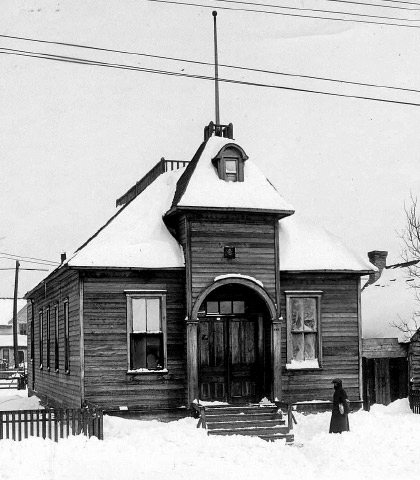
Ss Vladimir and Olga Ukrainian Heritage School on Stella Avenue (UCEC)
